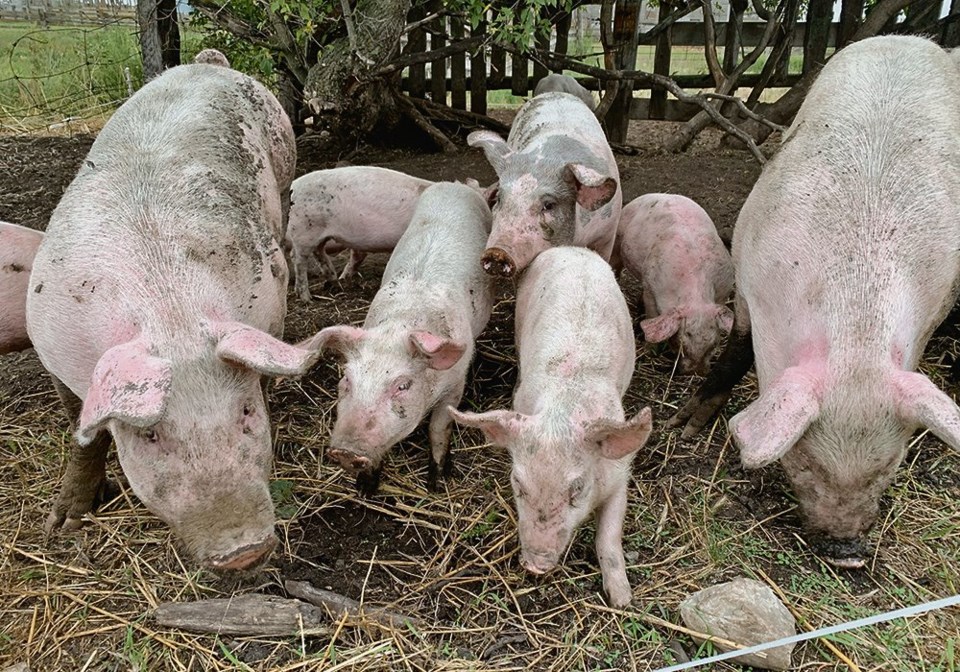That was clear at the Manitoba Forage and Grasslands Association’s annual regenerative agriculture conference Nov. 15-17 in Brandon.
Combining international perspectives with homegrown experience, the event highlighted the growing movement for unconventional farming systems.
“You have to be willing to accept a lot of chaos,” said South African farmer Bertie Coetzee, who operates a multi-commodity crops, wine and livestock operation that focuses on direct-to-consumer sales.
Central Manitoba farmer Zach Koscielny said regenerative farming works for those with limited land but a willingness to intensively manage.
“It is a lot of labour. Daily moving for three or four types of livestock,” said Koscielny, who raises chickens, beef cattle, pigs and eggs. Much of his family’s production is done on pasture. Maximizing the production of the farm’s five quarter-sections is essential in order for the farm to be viable.
“To strictly be managing commodities I really didn’t think was an answer for us. The math didn’t work.”
The problem with high land prices and tight farm margins has also led Guy Bouchard of Gardenton, Man. to focus on increasing return from existing acres rather than expand at high prices.
“With land prices it’s very hard for us to make any sense of buying land,” said Bouchard.
The conference had sessions and panels discussing regenerative dairy operation, residue grazing, agroforestry, and international experiences and approaches.
The complicated relationship of grasslands, pasture and livestock was also discussed at length. Most regenerative systems rely upon livestock to play a vital role, but livestock production has been much targeted in climate change discussions for its emissions.
“It’s so sad to see the narrative going out into the world at the moment between animals and grains, and how people try to segregate and do this whole reductive thing, get to a place where it’s one or the other,” said Coetzee.
Developing systems that improve the soil and water and allow for long-term sustainable production is something that often requires a heavy livestock component, so that needs to be part of the mix.
MFGA executive director Duncan Morrison said regenerative ag systems seem to have caught the attention of provincial officials developing the “protein strategy.”
“We have put, with their great embracement, regenerative agriculture, soils and health into that dialogue,” said Morrison.
“It’s pretty clear they want to encourage innovation and adoption of practices that reduce the protein industry’s carbon footprint, sequester carbon and enhance the natural landscape to contribute to the profitability of the farmers.”

